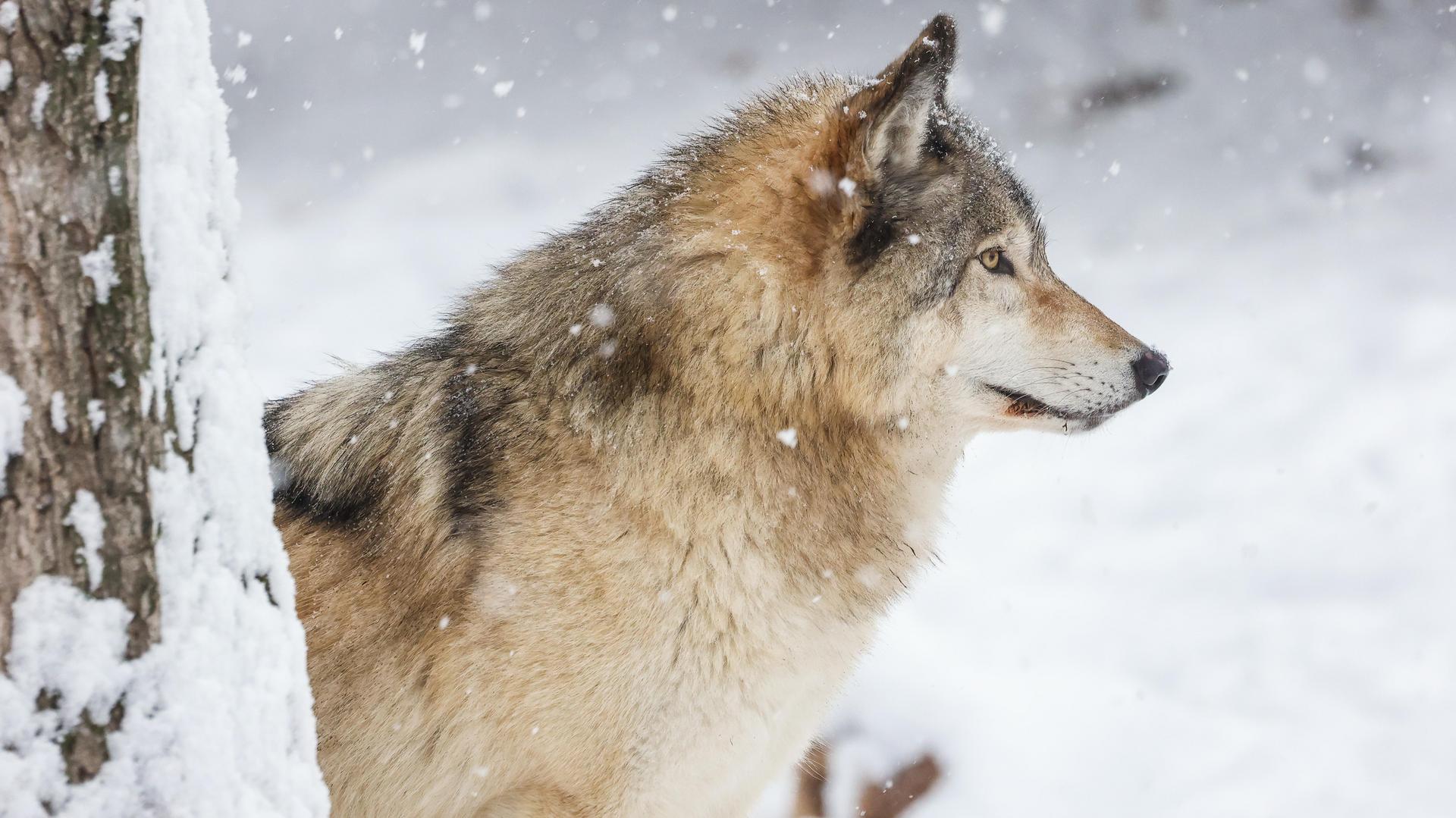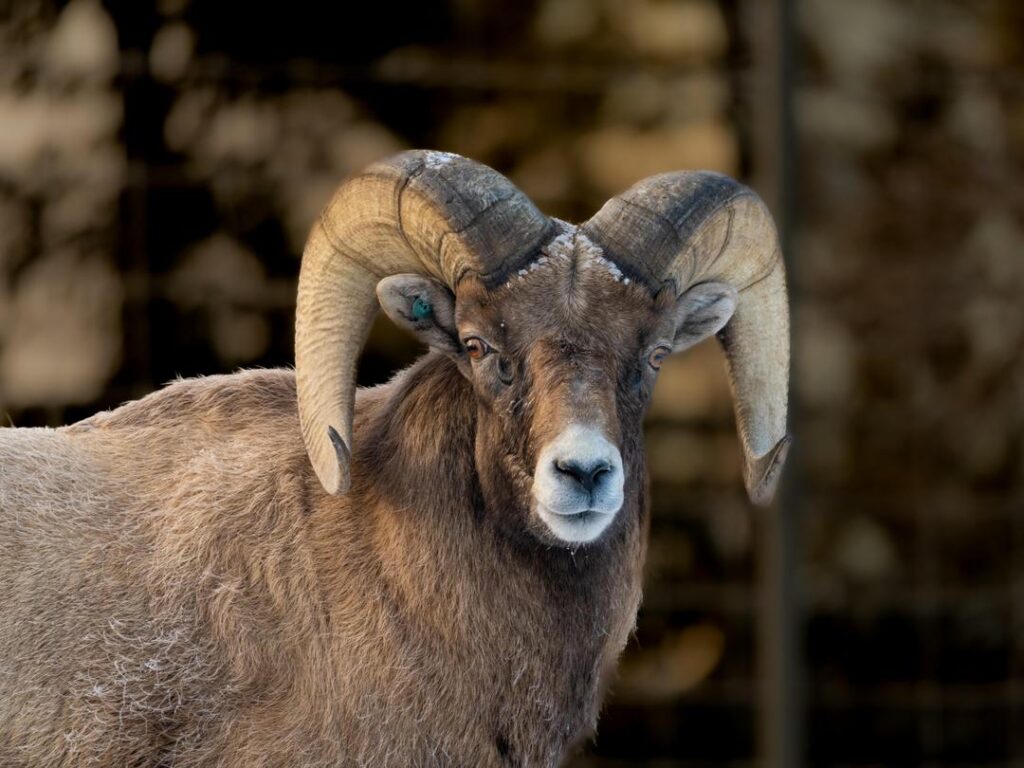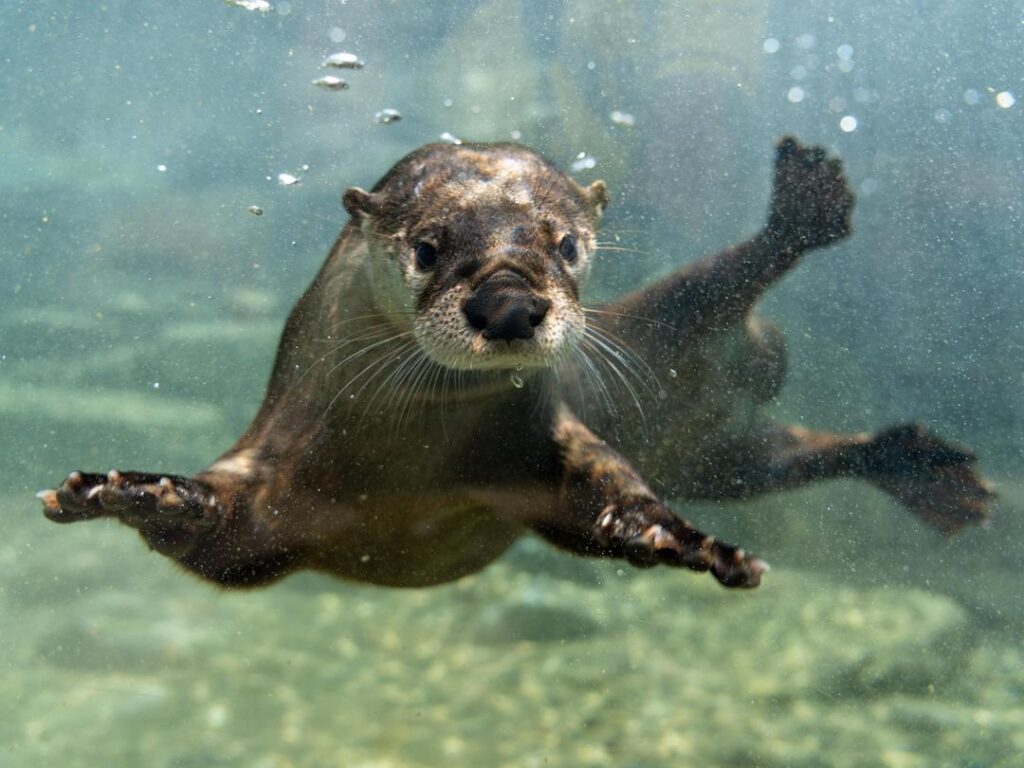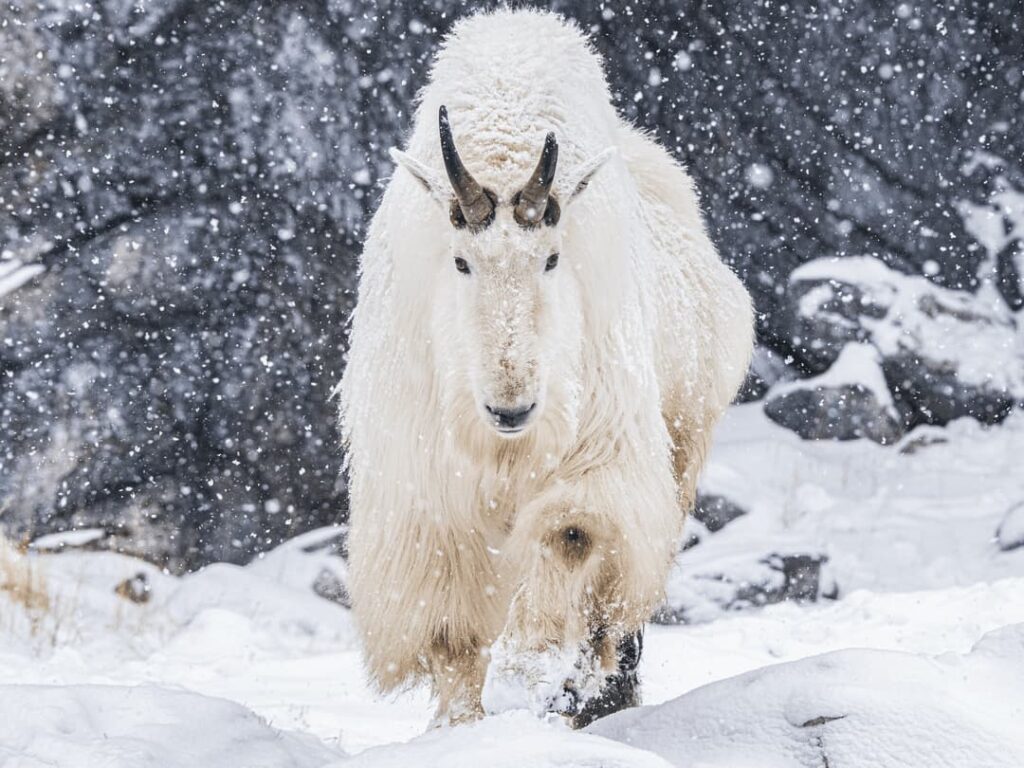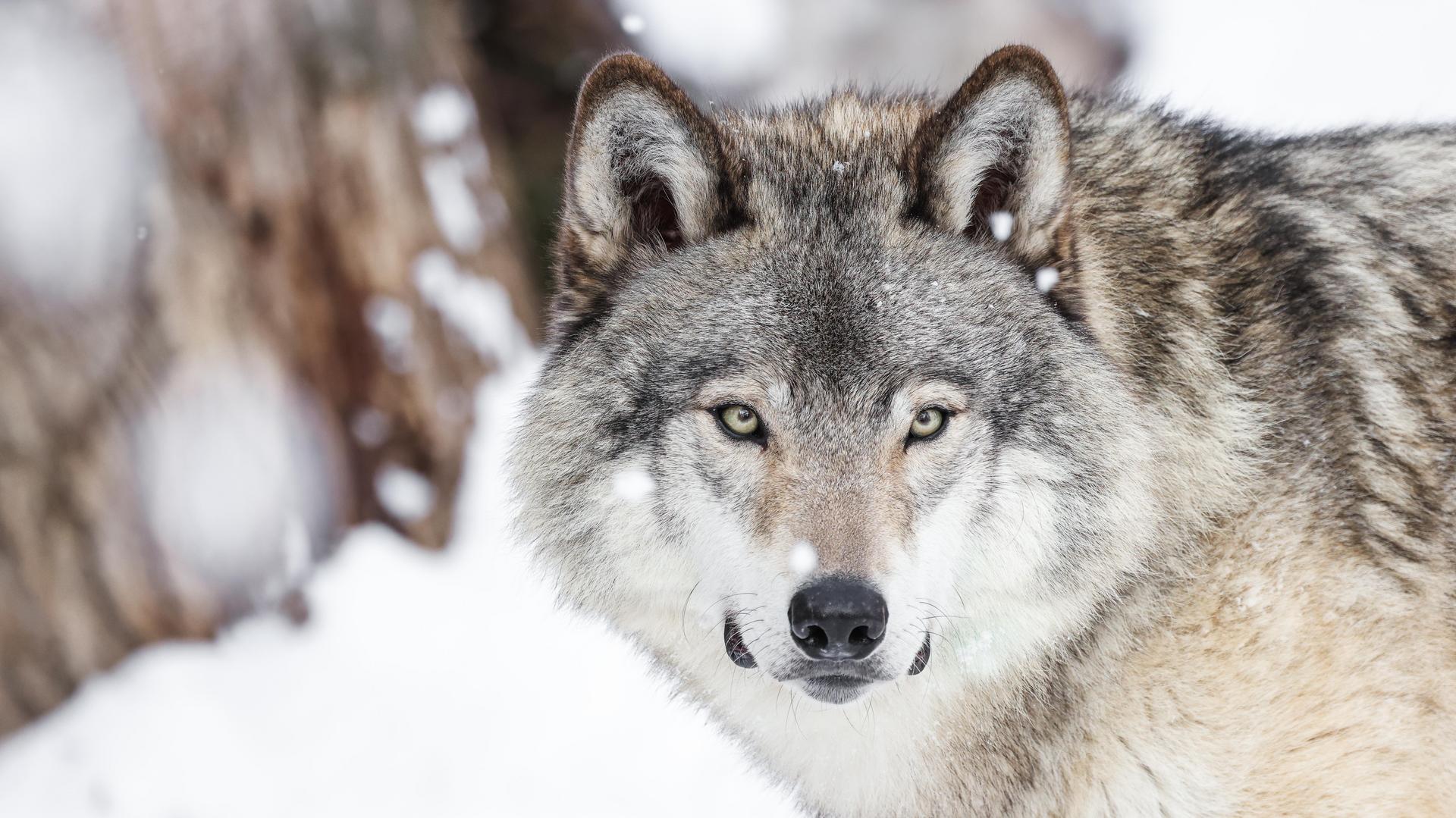
Gray Wolves
Pack animals that thrive in tundra, woodlands, and grasslands
Wolves are famous for their social structure, living in packs led by a mating pair and their offspring. This pair mates for life and offspring disperse after they reach sexual maturity. Living together and caring for each other means that wolves need to communicate well with each other, which is why they have many different vocalizations including growling, whimpering, barking, and, of course, howling.
- IUCN Red List Status: Least Concern (at relatively low risk of extinction)
- Type: Mammal
- Habitat: Tundra, woodlands, and grasslands across Canada and the United States
- Diet: Carnivore – deer, bison, and moose
- Size: 36 to 63 inches long; 13- to 20-inch-long tail
- Weight: 40 to 175 pounds
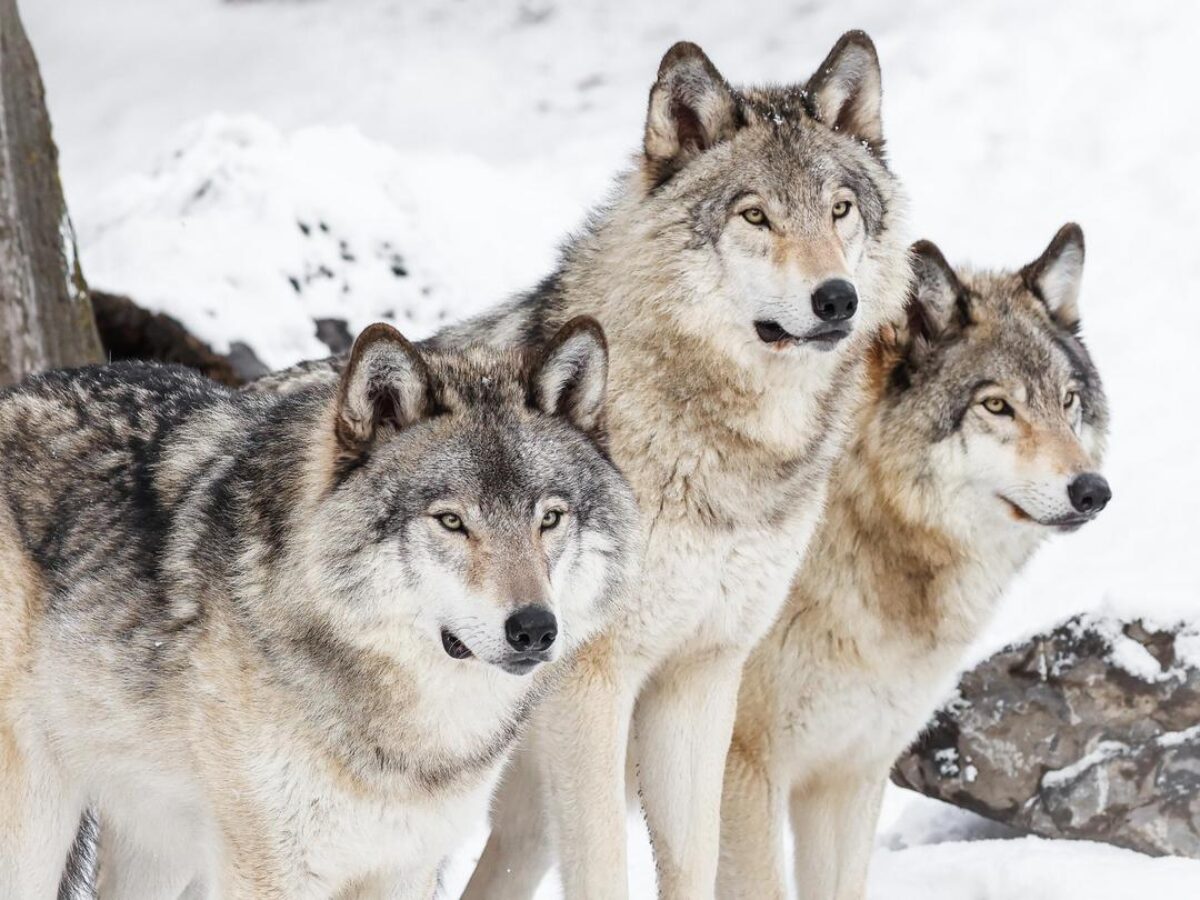
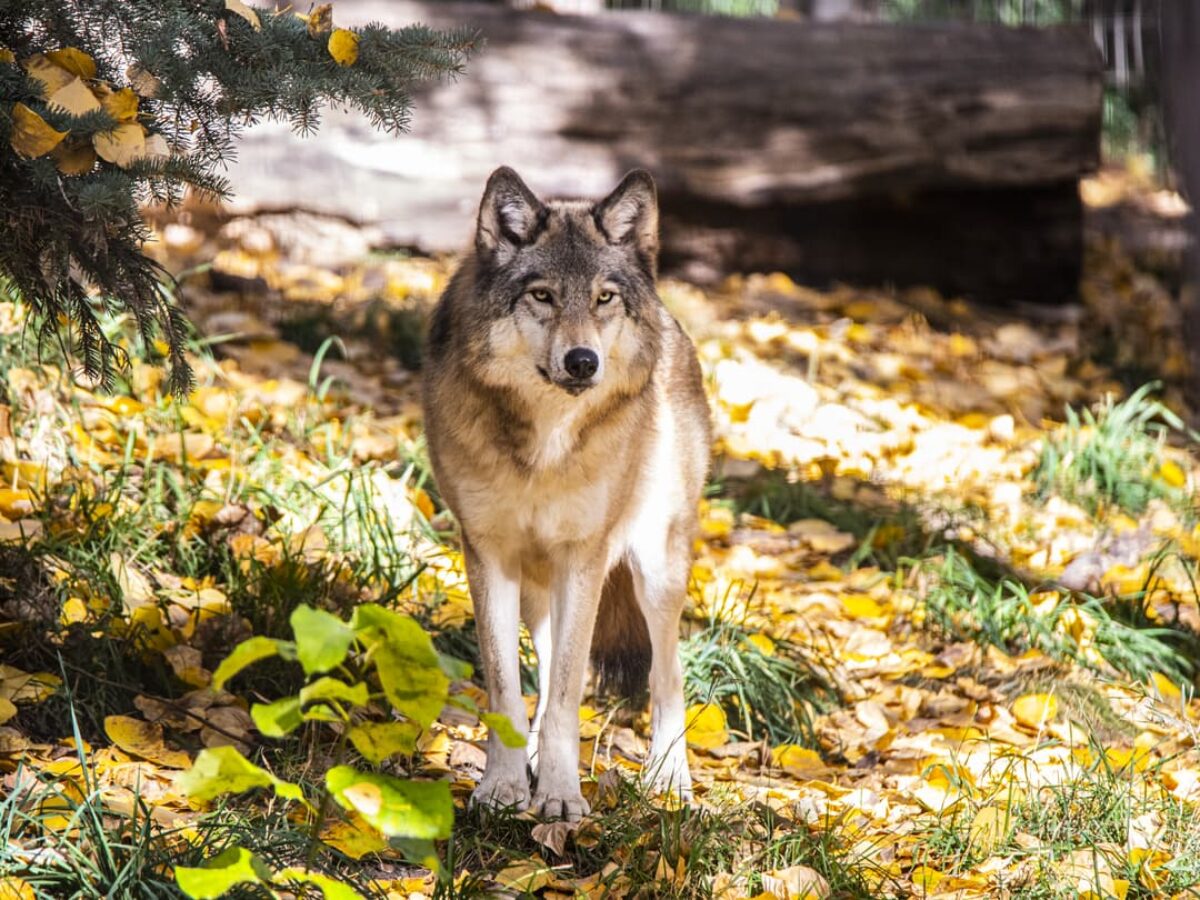
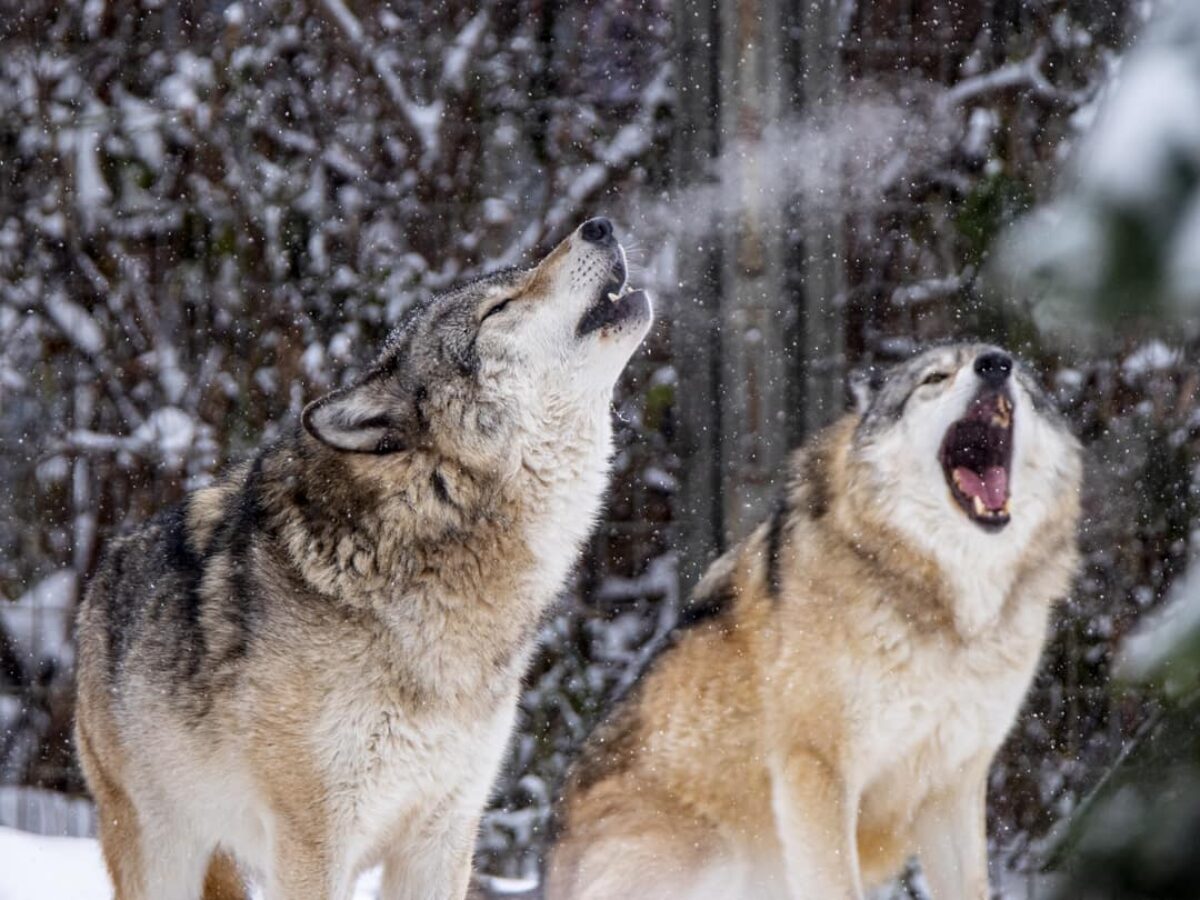
facts about our animals
Fun Facts about Gray Wolves
A gray wolf’s coat can be pure white, gray, cinnamon, brown, or black.
They communicate through scent-marking.
Adult wolves will eat meat and regurgitate it for pups to eat.
Wolves typically move at eight kilometres per hour but can reach speeds of 64 kilometres per hour.
When a wolf turns three and reaches sexual maturity, it may leave to find a new territory.
Wolves do not howl at the moon, though they do howl more often and more loudly when the moon is bright because the increased light provides more opportunities for hunting and socializing.
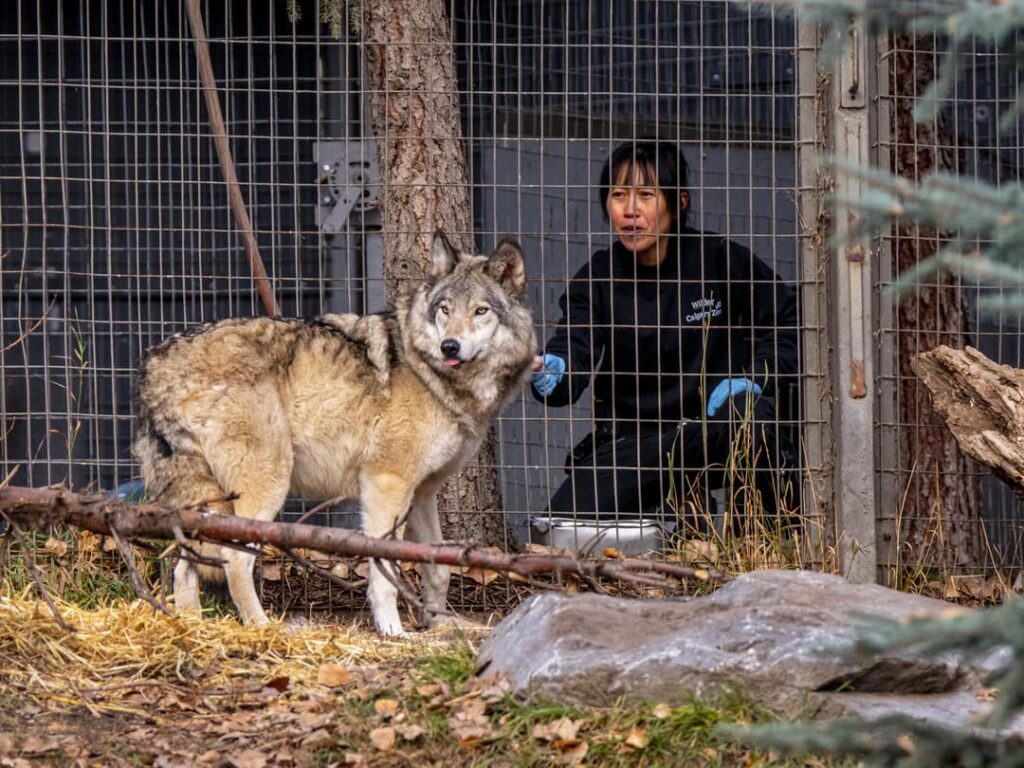
Donate
How you can help
Your donation makes a world of difference. With support for animal care, conservation programs, and education, you’re making the world wilder.
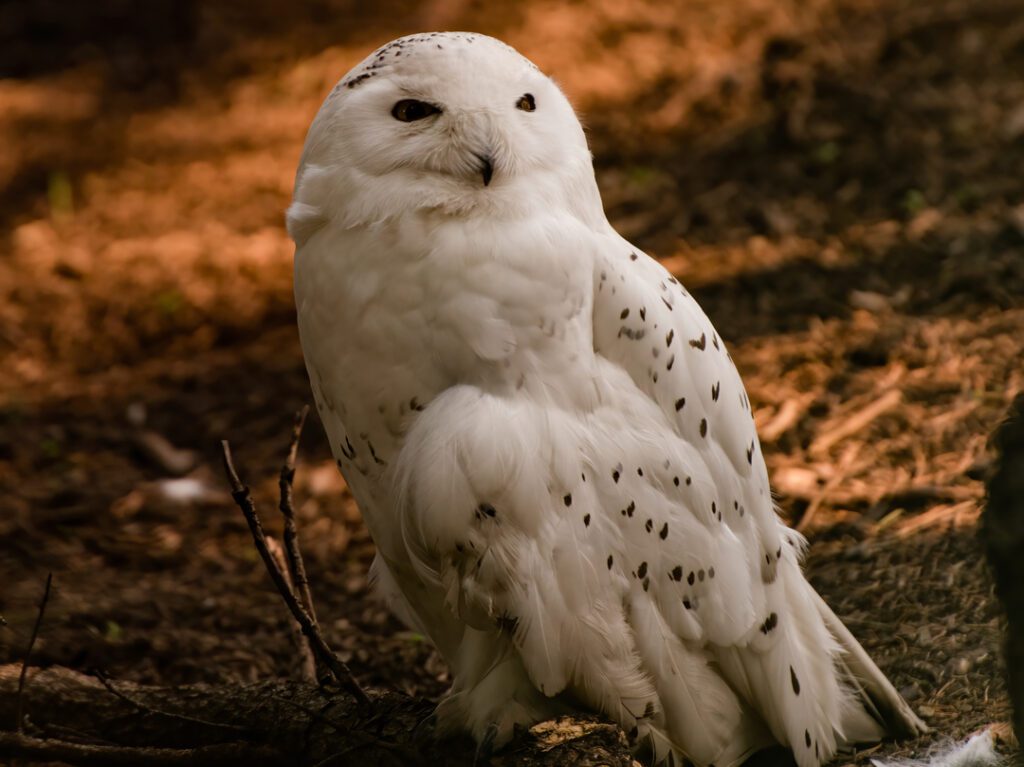
Plan Your Visit
Get close to wildlife
It’s time to make some memories. Here’s everything you need to know to plan an unforgettable day at the zoo.
